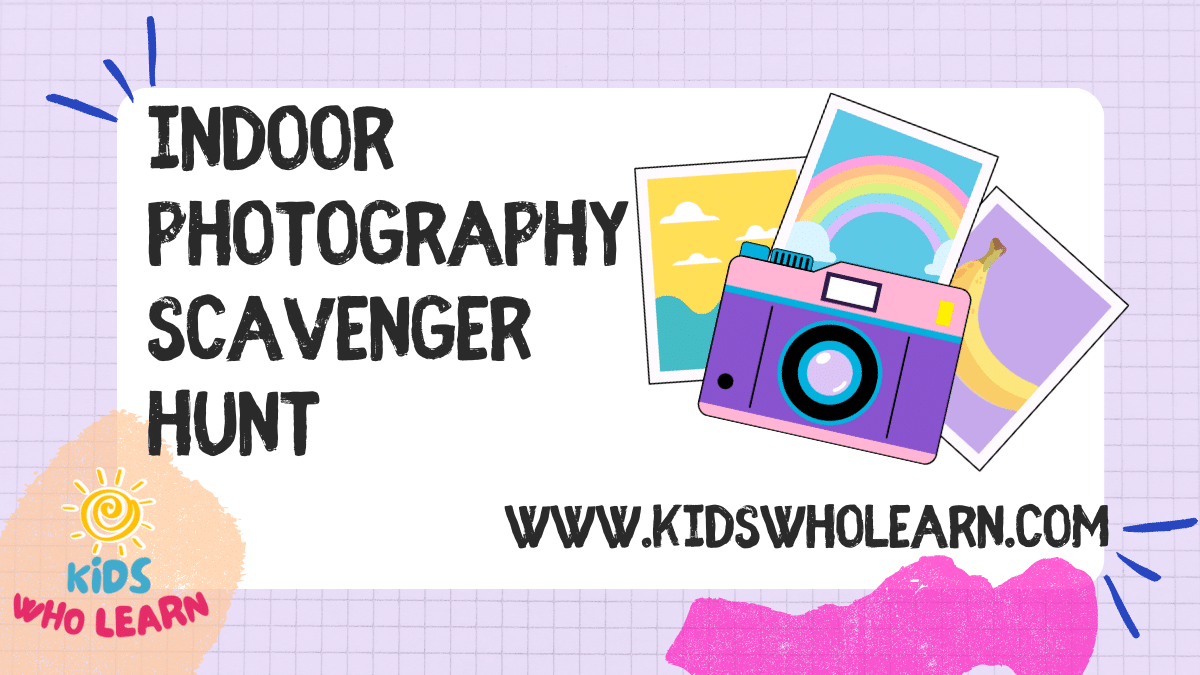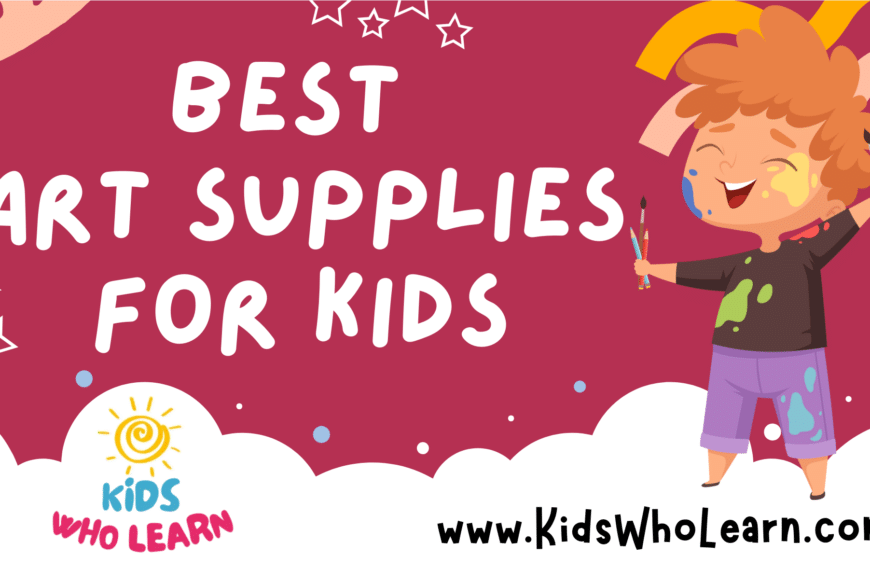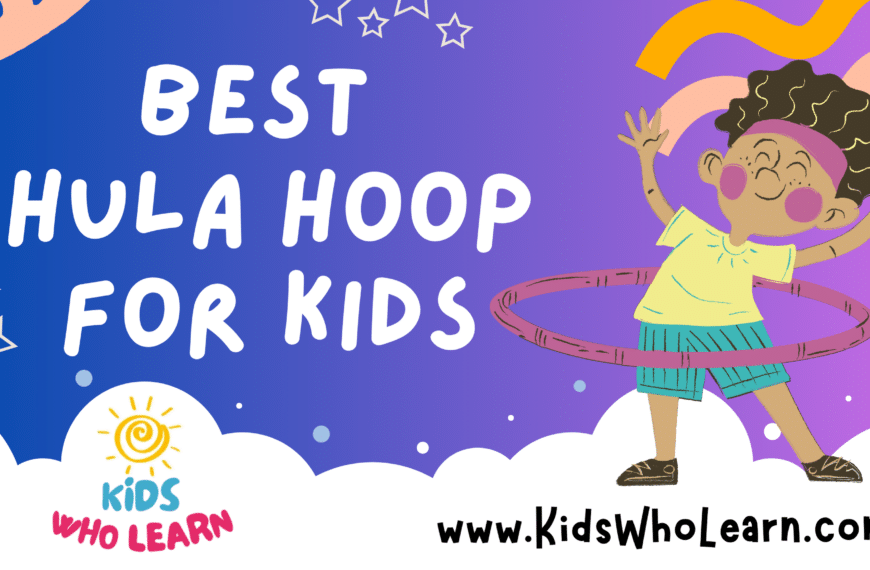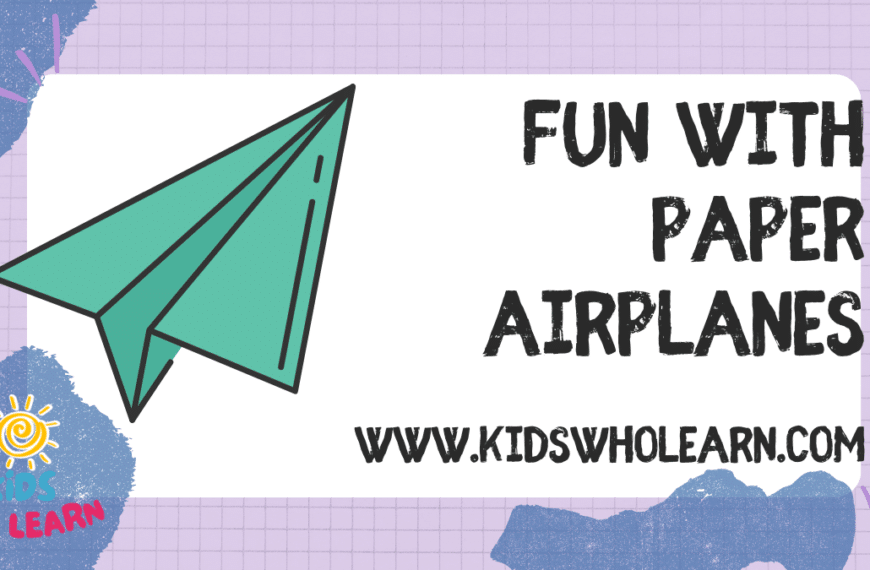The art of letter writing boasts a rich heritage, binding generations through the flow of ink on paper. For children, the act of scribbling a note to someone their age in a different town, state, or country opens up a world where writing extends beyond classroom walls. Engaging in a pen pal program not only enlivens the time-honored practice of letter writing but also introduces youngsters to new perspectives and diverse cultures.
Becoming pen pals offers kids a unique avenue for personal growth and learning. Through this form of communication, young minds develop literacy skills, learn the art of storytelling, and nurture empathy by stepping into the shoes of their distant friends. It’s a hands-on experience that complements academic learning while fostering a sense of global community. Crafting letters encourages patience, thoughtfulness, and the importance of meaningful exchanges in an age often dominated by instant digital communication.
Selecting an appropriate pen pal program requires consideration to ensure safety and a positive experience. Options range from teacher-led classroom exchanges to supervised online platforms and themed programs that match children with similar interests. Once connected, children can explore the nuances of crafting engaging letters, which might include educational content, creative elements, or insights into their daily lives. As parents and educators guide them through the process, they continue the tradition of letter writing and pass on its values to the next generation.
Key Takeaways
- Pen pals encourage children’s literacy and cultural understanding.
- Crafting letters teaches patience and the value of thoughtful communication.
- Careful selection of pen pal programs ensures a safe and enriching experience.
Historical Significance of Letter Writing
In exploring the historical significance of letter writing, you will see how this art transformed communication and education. From the use of quills to the digital age, each era has left an indelible mark on how we connect through written words.
Evolution from Quills to Pixels
Letter writing began with the simplest of tools—a quill and ink. Over centuries, this evolved into more sophisticated writing instruments like fountain pens, ballpoint pens, and eventually computers. In contrast to the ephemeral nature of digital texts, handwritten letters using these tools have stood the test of time, often found preserved as part of historical records. You can imagine the care put into each stroke of handwriting, the careful application of spelling and grammar, as pen pals exchanged thoughts across vast distances.
Table: Writing Instruments Over Time
| Era | Instrument |
|---|---|
| Classical Antiquity | Quill |
| 19th Century | Fountain Pen |
| 20th Century | Ballpoint Pen |
| Late 20th Century Onwards | Keyboard & Digital Devices |
As the mediums evolved, so did the speed and volume of letter writing, leading to today’s instant digital communication.
Influence on Literacy and Education
Your understanding of the past is richer when you consider letter writing’s role in literacy and education. Throughout history, having a pen pal has not only been about forming friendships but also about practicing language skills. In schools, students have long been assigned pen pals to improve their handwriting, spelling, and grammar. Corresponding with a peer in this way offered a practical application of literacy skills and even cultural exchange.
- Handwriting: Critical for legibility in letters, and taught methodically.
- Spelling: Essential to clear understanding; poor spelling could confuse pen pals.
- Grammar: Proper grammar was often seen as a sign of education and class.
This hands-on use of language skills fortified learning in a way that today’s swipe-and-type methods might not. As you take in the scope of letter writing’s history, you see how it reveals shifting communication techniques while it helped shape the educational practices of societies throughout the ages.
The Benefits of Pen Pals for Child Development
Engaging with a pen pal can be a powerful tool for your child’s growth, offering diverse opportunities to develop language proficiency, social skills, and global awareness.
Enhancing Language Skills
When children write to pen pals, they practice composing structured sentences and using correct grammar. Regular correspondence nurtures vocabulary expansion and improves spelling.
- Written communication: In letter writing, children learn to express their thoughts clearly and effectively.
- Creativity: Crafting letters encourages creativity, as children often share stories and use their imagination.
Cultivating Social Skills
Pen pal relationships help children understand communication nuances and develop empathy. They become acquainted with the patience required in waiting for a reply and learn the importance of thoughtful responses.
- Empathy and understanding: By sharing personal experiences and feelings in letters, children build emotional intelligence.
- Patience: The time between sending and receiving letters teaches children to anticipate and value the effort involved in maintaining friendships.
Connecting with Peers around the World
The International Pen Friends Club offers an avenue for your child to meet peers from different cultures. This worldwide exchange broadens perspectives and fosters an appreciation for diversity.
- Cultural exchange: Your child will learn about traditions, languages, and lifestyles different from their own.
- Global citizenship: Connecting with others around the globe instills a sense of global community and interconnectivity.
Selecting the Right Pen Pal Program
When choosing a pen pal program for a child, it’s essential to consider the initiative’s credibility, the safety of correspondence, and how well the program aligns with the child’s interests and needs.
Criteria for Choosing Pen Pal Initiatives
Your primary focus when selecting a pen pal program should be on matching your child’s interests with the program’s offerings. Look for initiatives that specialize in areas your child is passionate about. For instance, Letters to a Pre-Scientist connects children with real scientists, offering an educational twist to pen pal exchanges and fueling scientific curiosity.
Key Criteria:
- Interest alignment: Select programs that resonate with your child’s hobbies or educational goals.
- Age-appropriate matching: Ensure the program pairs your child with peers of a similar age.
- Frequency of exchange: Review how often letters are exchanged to suit your child’s engagement level.
Reputable Programs for Kids
It’s vital to engage with programs that have established a good reputation for connecting kids as pen pals. Operation Gratitude is notable for encouraging children to write letters to service members, teaching gratitude and respect for those serving their country. Another noteworthy program, Letters Against Isolation, allows kids to connect with seniors to combat loneliness, promoting empathy and community service.
Recommended Programs:
- Letters to a Pre-Scientist: Connects kids with scientists.
- Operation Gratitude: Encourages letters to service members.
- Letters Against Isolation: Pairs kids with seniors to exchange letters.
Safety Considerations in Correspondence
Safety is paramount when it comes to exchanging letters. Confirm that the program you choose has a robust vetting process for participants and safeguards personal information. They should offer guidance on safe communication practices and monitor exchanges as needed. It’s prudent to have discussions with your child about privacy and what information should not be shared in letters to ensure their understanding of safety measures.
Safety Tips:
- Personal Information: Teach your child what information must remain confidential.
- Program Vetting: Select programs with a thorough vetting process for all participants.
- Guidance and Monitoring: Choose programs that provide clear guidelines and potential monitoring for the safety of the child participants.
Crafting the Perfect Letter
When writing a letter, the goal is to create a personal and engaging message. The key to achieving this involves attention to content, legibility, and including charming creative touches.
Components of a Heartfelt Letter
Structure: Start with a friendly greeting, followed by the body where you share news and ask about your pen pal. Conclude with a warm sign-off.
- Personal Touch: Always add a personal anecdote or sentiment that resonates with the recipient and reinforces the bond between you.
Teaching Kids the Art of Handwriting
Practice with Worksheets: It’s beneficial for kids to use handwriting worksheets to improve their penmanship.
- Regular Practice: Encourage consistent practice with daily or weekly writing exercises.
Creative Inclusions in Snail Mail
Stationery Choice: Select stationery that reflects your personality or the theme of your message.
- Extras: Add stickers, drawings, or small crafts to your letter for an element of surprise and delight.
Integrating Educational Content
Incorporating educational content in pen pal letters enriches the experience for kids by blending learning with the joy of communication. Specific subjects can be woven into their letters, providing a dynamic educational journey.
Incorporating STEM Topics
You can engage your child in STEM topics by encouraging them to exchange letters with pen pals that are STEM professionals or students. For instance:
- Discussing space exploration with a pen pal who may be affiliated with NASA.
- Sharing experiences of meeting an astronaut or visiting a science museum.
Create a structured exchange with tasks such as:
- Week 1: Research and share a fascinating STEM fact.
- Week 4: Discuss a simple science experiment and its outcomes.
Cultural Exchange Through Letters
Pen pal programs can be a gateway to international friendships and cultural understanding. When enrolling in a program like International Pen Friends, you could:
- Request a pen pal from a different country to learn about new cultures.
- Exchange local stories and traditions to foster a sense of global community.
Kids from low-income communities can broaden their horizons by learning about lifestyles in other parts of the world, sans the cost of travel.
Learning from Professionals and Heroes
Getting to know the lives of military personnel or first responders through letters can be inspiring for kids. They could:
- Write to members of the military to learn about their experiences and the values of discipline and courage.
- Correspond with first responders to understand their day-to-day challenges and triumphs.
Establishing these correspondences can also instill a sense of gratitude and respect for those who serve the community.
By integrating these elements into letter writing, the exchange becomes a multifaceted educational tool, providing both insight and inspiration.
Beyond Traditional Pen Pals
In today’s interconnected world, your experience with pen pals can extend beyond handwritten letters. Technological advancements allow you to explore new avenues of cultural exchange and creative collaboration.
Embracing the Digital Age with Email Pen Pals
Email has reinvented the way you connect with pen pals across the globe. Unlike traditional letters, emails arrive almost instantaneously, allowing for more frequent exchanges and updates. Here’s how to get started:
- Look for pen pal programs or websites that cater to children and ensure online safety.
- Set up a dedicated email account for pen pal interactions.
- Begin correspondence with quick introductions and establish a connection.
Remember: Regular text communication via email can help you improve your writing skills and understand the nuances of digital etiquette.
Connecting Through Music and Art
Sharing music and art can forge profound connections that transcend language barriers.
- Music: Share your favorite songs or create a collaborative playlist.
- Exchange insights about the music you enjoy and discover new genres.
- Art: Swap drawings, paintings, or digital art projects.
- Discuss your creative processes and learn about art from different cultures.
Through these mediums, your pen pal experience enhances cultural awareness and encourages artistic expression.
Global Reach of Pen Pal Programs
Pen pal programs transcend borders, allowing you to forge friendships with individuals across the world. These programs can connect your kids with peers in various countries, providing them with a unique cultural exchange.
Extending Connections to Remote Locations
When you enroll your child in a pen pal program, they have the opportunity to reach out to peers in remote areas they might never visit. For instance, Canada has expansive rural regions where children might feel isolated, but through pen pal programs, they can interact with kids in bustling cities from every continent.
- Advantages:
- Cultural Exchange: Discover traditions and languages from distant communities.
- Geographical Awareness: Learn about different environments and lifestyles.
Joining International Pen Friends Networks
Signing up for International Pen Friends (IPF) networks can provide your child with a trusted and structured way to connect with others globally. These networks carefully pair your kid with international peers based on common interests and age groups.
- Steps to Join:
- Select a reputable IPF network.
- Complete the application with your child’s interests.
- Await the assignment of a pen friend from another part of the world.
By engaging with a pen friend, your child gains insights into new perspectives, enhancing their global understanding and empathy.
Continuing the Tradition
In an age where digital communication is omnipresent, the gracious art of letter writing fosters both literacy and cultural understanding for children. By engaging in pen pal exchanges, kids experience the joy and anticipation of waiting for letters to arrive from afar, forming bonds that can last a lifetime.
The Role of Schools in Pen Pal Projects
Schools play a pivotal part in perpetuating the tradition of pen pals. By initiating pen pal projects, educators create structured opportunities for students to practice their writing skills while gaining insights into diverse cultures. For example:
- Project Pairing: Schools often collaborate, sometimes internationally, to pair students with pen pals.
- Curriculum Integration: Writing to a pen pal can be integrated into language arts or social studies, emphasizing grammar, composition, and cultural exchanges.
- Teacher Supervision: Educators guide the letter-writing process, ensuring content is appropriate and facilitating the logistics, like mailing letters.
Encouraging Long-Term Friendships Through Letters
Building long-term friendships through letters is a deliberate process. The slow-paced nature of postal mail allows kids to cultivate patience and attentiveness to their pen pal’s life, fostering deep, lasting connections. Strategies include:
- Consistency: Encourage regular correspondence to maintain engagement.
- Personalization: Children should be encouraged to share personal stories and interests, which shows their pen pal that they are valued.
The real value of a pen pal relationship is often encapsulated by the warmth of having a ‘sister’ or ‘brother’ in another part of the world, someone who is genuinely interested in their life and well-being. When nurtured, these connections can grow, bringing satisfaction and global awareness to the young correspondents.
Resources and Support for Parents and Educators
When introducing the concept of pen pals to children, there are various resources and support options you can utilize to ensure a rewarding experience. Here is a guide to help.
Pen Pal Programs:
Research established pen pal programs that are designed for children. These programs often include background checks to ensure safety and often provide guidelines to help get started.
- International Pen Friends offers a structured program with members in over 100 countries.
- Students of the World connects kids globally, focusing on cultural exchange.
Educational Materials:
Utilize worksheets and educational materials to help children learn how to write letters properly.
- Teachers Pay Teachers provides letter-writing worksheets for various age levels.
- Education.com offers free writing work sheets that you can incorporate into lesson plans.
Stationery for Kids:
Encourage creativity by supplying fun and age-appropriate stationery.
- Look for stationery sets or writing pads with lines appropriate for your child’s handwriting size.
- Choose colorful pens and stickers to make writing more engaging for kids.
Table: Stationery Suppliers for Kids
| Supplier | Product Types | Age Range |
|---|---|---|
| Paper Source | Themed stationery, envelopes, seals | 5+ |
| Office Depot | Writing pads, pens, decoration items | All ages |
Remember, your involvement and monitoring are key to a successful pen pal experience for kids. Ensure regular communication about their interactions and promote a positive and educational exchange.
Frequently Asked Questions
In this section, you’ll find specific information addressing common inquiries about involving children in pen pal programs, initiating correspondence, ensuring safety, and engaging effectively in this enriching activity.
What are trusted pen pal programs suitable for children?
Trusted pen pal programs for children include Students of the World, International Pen Friends, and ePals. These programs are often moderated to ensure safety and provide educational exchanges.
How does one initiate a pen pal letter to a child in a friendly manner?
Initiate a pen pal letter to a child with a warm greeting, a brief introduction of yourself, and an interesting question or fun fact to spark conversation. Always use age-appropriate language and topics.
What guidelines should a high school student follow when searching for an international pen pal?
High school students should look for reputable programs like PenPal World or Global Penfriends that offer privacy protections. They should also inform a guardian about their pen pal endeavor and keep personal information limited.
What steps should I take to ensure a safe pen pal experience for my 12 year old?
To ensure safety for your 12 year old, choose a reputable pen pal program and monitor the exchange of letters. Guide them to not share personal details like their home address or phone number, especially in the initial stages of correspondence.
How does one write an engaging first letter to a new pen pal?
Write an engaging first letter by sharing hobbies, interests, or a funny anecdote. Pose open-ended questions to your pen pal to encourage a reply. Keep the tone friendly and curious to invite a continued exchange.
Are there any global pen pal clubs endorsed by recognized organizations for students?
Yes, UNESCO and the International Pen Friends Club are recognized organizations that endorse global pen pal programs, promoting cultural exchange and language learning among students worldwide.













